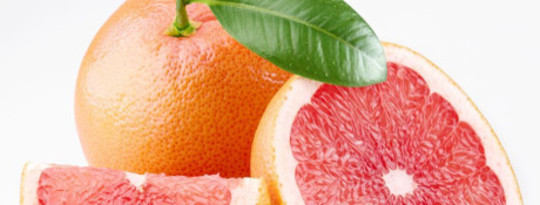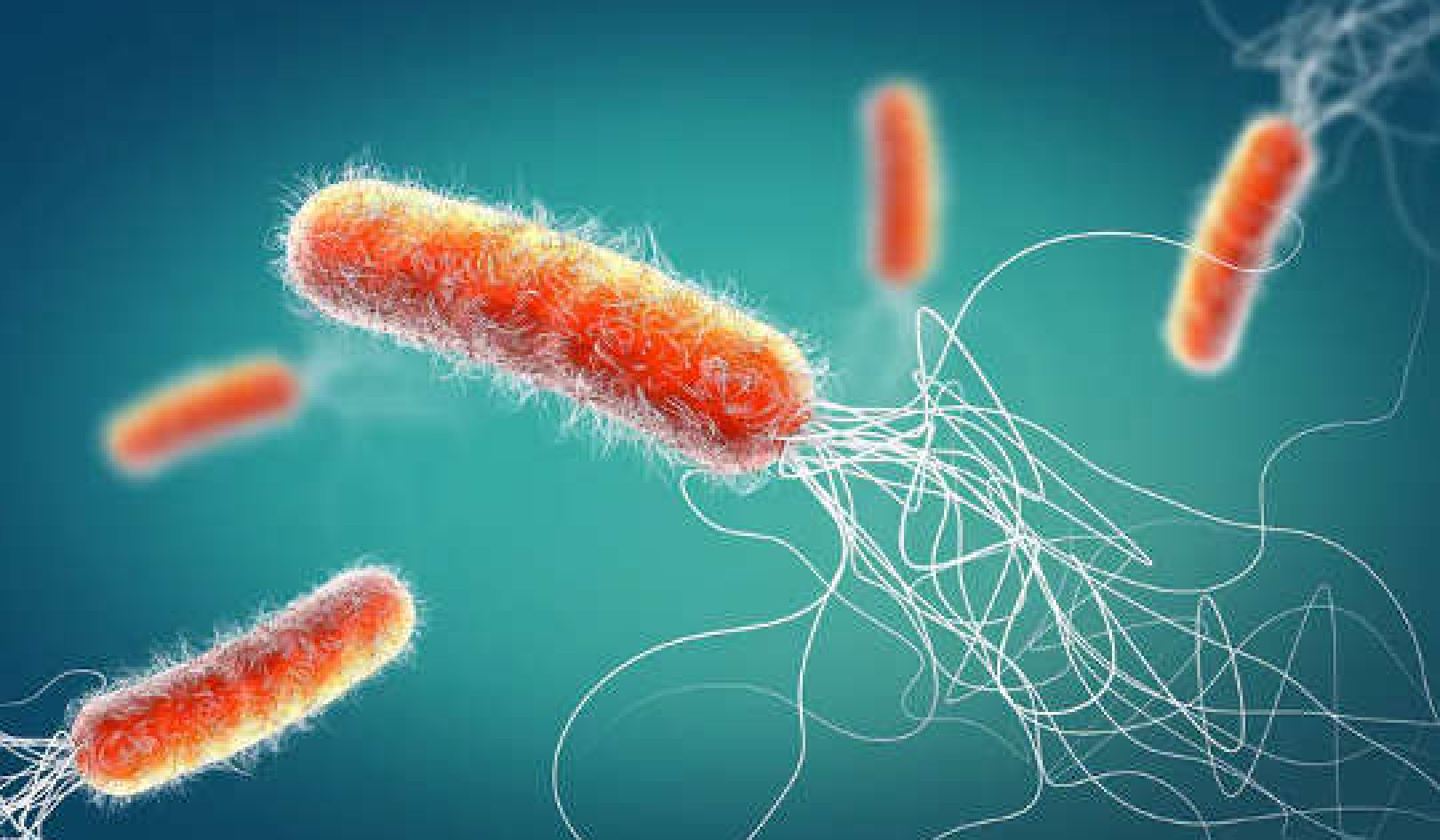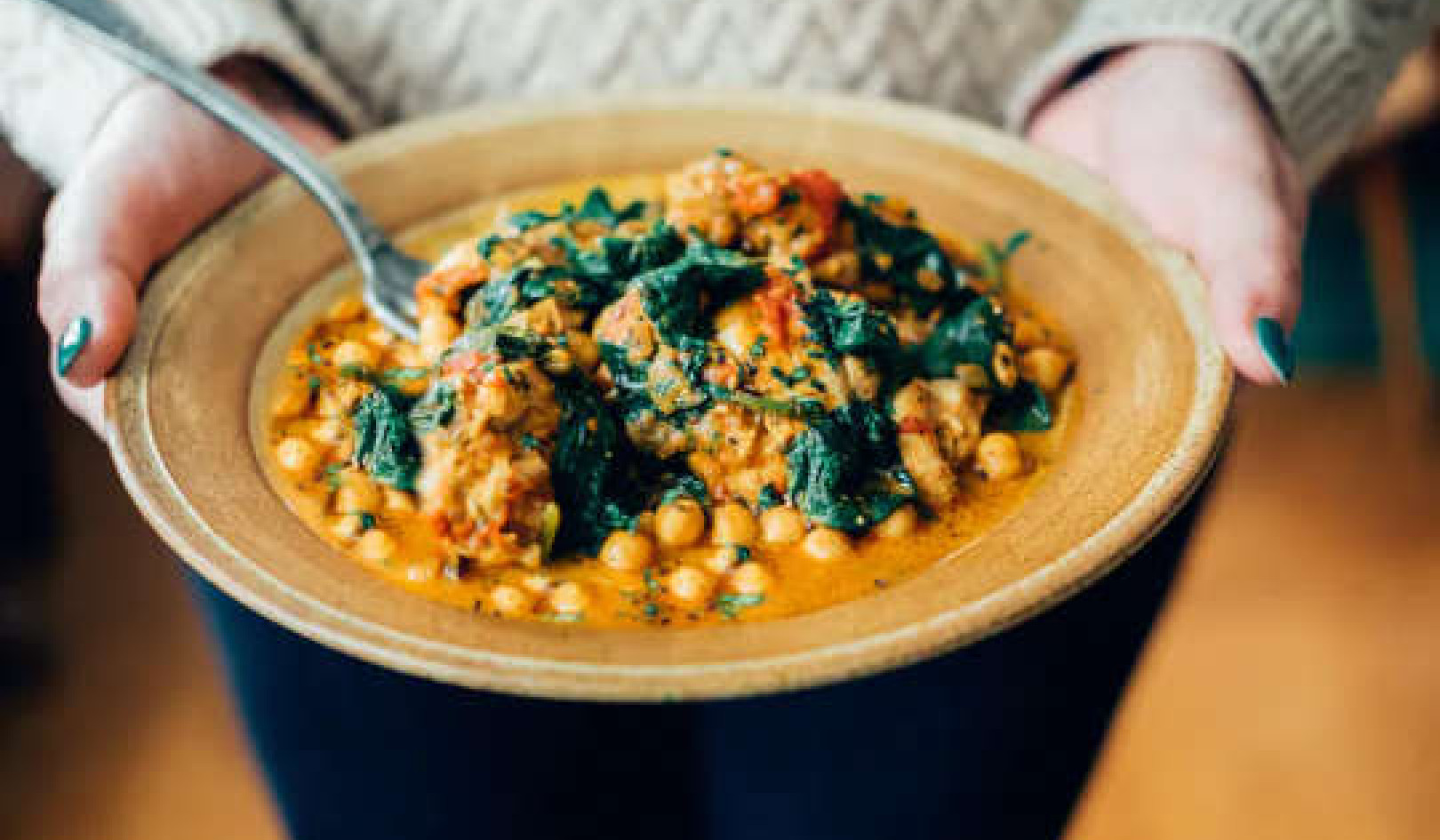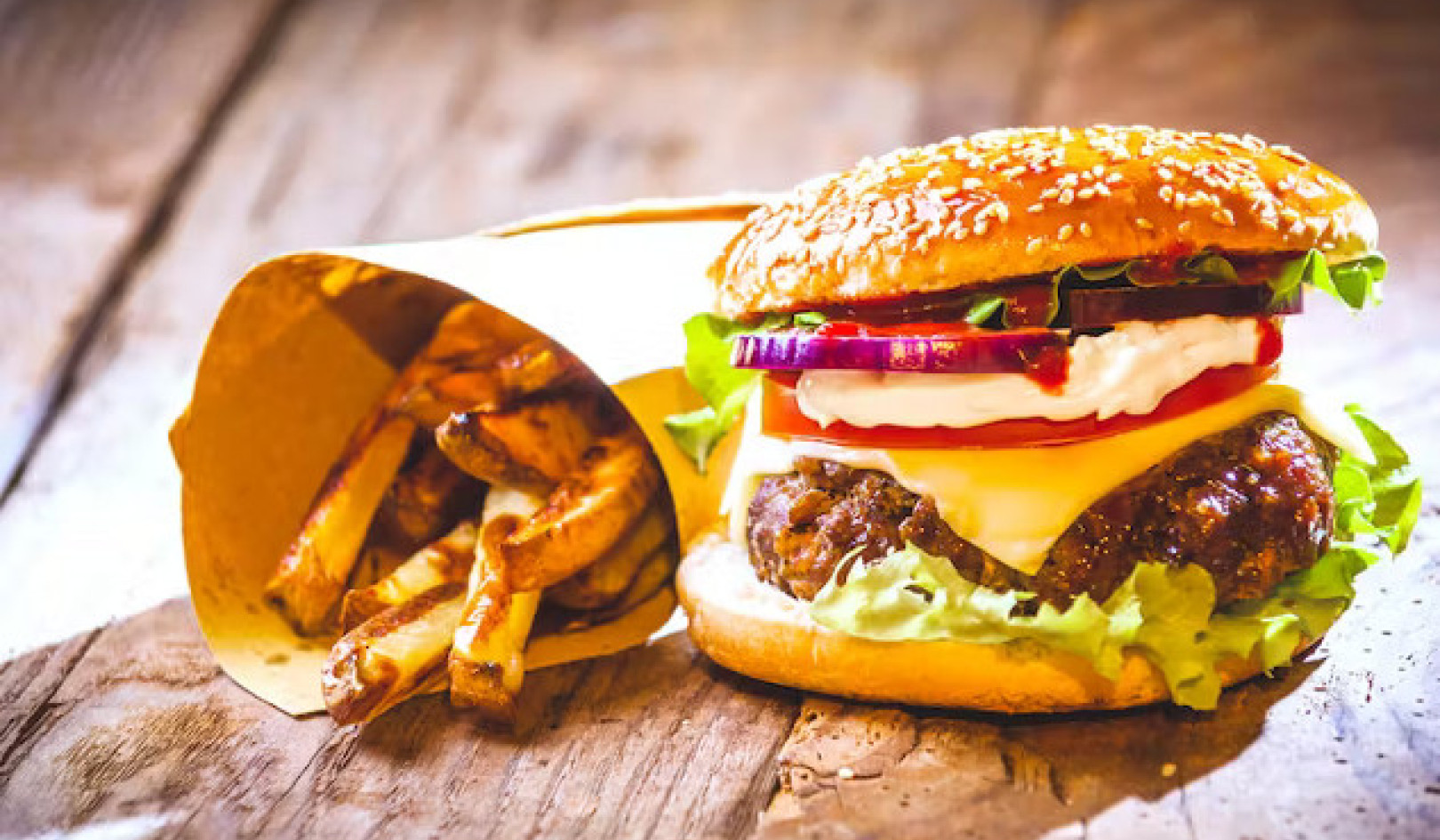
Researchers used nanoparticles derived from grapefruits to deliver targeted drugs to treat cancer in mice. The technique may prove to be a safe and inexpensive way to make customized therapies.
Nanoparticles are emerging as an efficient tool for drug delivery. Microscopic pouches made of synthetic lipids can serve as a carrier, or vector, to protect drug molecules within the body and deliver them to specific cells. However, these synthetic nanovectors pose obstacles including potential toxicity, environmental hazards and the cost of large-scale production. Recently, scientists have found that mammalian exosomes—tiny lipid capsules released from cells—can serve as natural nanoparticles. t making therapeutic nanovectors from mammalian cells poses various production and safety challenges.
A research team led by Dr. Huang-Ge Zhang at the University of Louisville hypothesized that exosome-like nanoparticles from inexpensive, edible plants might be used to make nanovectors to bypass these challenges. The scientists set out to isolate nanoparticles from the juice of grapefruits, grapes and tomatoes. Their work was funded in part by NIH’s National Cancer Institute (NCI) and National Center for Complementary and Alternative Medicine (NCCAM).
The researchers found that grapefruit juice yielded the most lipid nanoparticles. They then prepared grapefruit-derived nanovectors (GNVs) and tested them in different cell types. GNVs were taken up by a variety of cells at body temperature. These nanovectors had no significant effect on cell growth or death rates. They proved to be more stable than a synthetic nanovector and were also taken up by cells more readily.
Get The Latest By Email
The scientists next tested the GNVs in mice. Three days after fluorescently labeled GNVs were injected into a tail vein or body cavity, they appeared primarily in the liver, lungs, kidneys and spleen. After intramuscular injections, GNVs were found predominantly in muscle. After intranasal administration, most were seen in the lung and brain.
Although GNVs could be detected 7 days after tail-vein injection, there were no signs of inflammation or other side effects in the mice from any of the treatments. In addition, no GNVs appeared to pass through the placenta, suggesting they might be safe during pregnancy.
GNVs proved capable of delivering a broad range of therapeutic agents to targeted cells in culture, including chemotherapy drugs, short interfering RNA (siRNA), a DNA expression vector and antibodies. The researchers next tested GNVs in mouse models of cancer. GNVs carrying a tumor inhibitor reduced tumor growth and prolonged survival when given intranasally to mice with brain tumors. When injected into mouse models of colon cancer, GNVs with targeting molecules collected in tumor tissue to deliver therapies and slow tumor growth.
These nanoparticles, which we’ve named grapefruit-derived nanovectors, are derived from an edible plant, and we believe they are less toxic for patients, result in less biohazardous waste for the environment, and are much cheaper to produce at large scale than nanoparticles made from synthetic materials,” Zhang says. The GNVs are currently being testing for safety in an early clinical trial of colon cancer patients.










